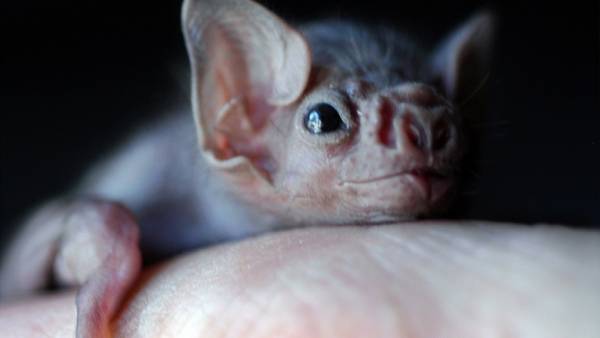Genes of bats showed how long to grow old
European ecologists have revealed the secret of longevity of bats of the genus bats. This molecular mechanism can be useful for developing methods to maintain health in the elderly.

The increase in life expectancy in the United States and the EU — on average by two years per decade with a current average of 78 years — leads to an increase in the number of older people. But for humans, the threshold beyond which begins ageing-related disease, unchanged. So, 77% of cancers occur after the fiftieth anniversary.
Bats are a suitable object for the study of aging. Of the 19 mammalian species that life expectancy is correlated with the body mass, beating the person, eighteen — they. The particular longevity of different bats, in particular, 13 species of them can easily survive a twenty-year milestone. The champion, aged 41 years, is considered a tiny bat Brandt’s bat — Myotis brandtii.
On bats have not been studied the relationship of longevity and changes in special areas at the ends of chromosomes — the telomeres. For many mammals and humans it was shown that these sections are shortened with each cell division, that is, with age. Becoming critically short, they become the source of DNA damage, and then turn on mechanism of cellular aging. Telomeres do not decrease with age in cancer and stem cells, which is marked by the active work of the enzyme telomerase, which completes the ends of chromosomes.